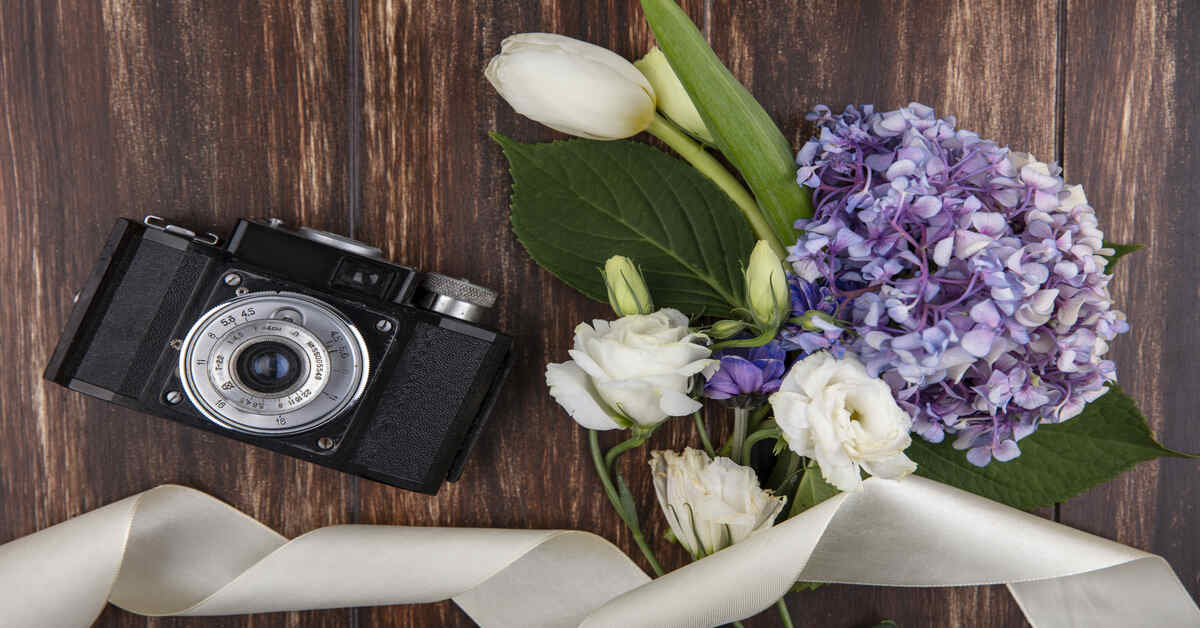The creativity that you have in wedding photography and filmmaking is only as powerful as the tools that can be used to capture it. Though the ability to tell a story and skill are paramount, you will never regret having good wedding camera equipment because you will never be left behind during a wedding whether it is during emotional vowels or the first dance under the twinkling lights.
And in case you are assembling or expanding your wedding kit, this guide would take you through the basic equipment that all photographers and videographers require to take the once in a lifetime shots with accuracy and flair.
1. The Right Camera Body
In your gear, the camera is the heart. In the case of weddings, a camera with good autofocus, camera functionality when working in a range of lighting conditions, or a model with two card slots is recommended to ensure the reliability of the backup.
Top options:
- Sony A7 IV / A9 II: Excellent low-light performance and hybrid capabilities for photo and video.
- Canon EOS R6 / R5: Known for vibrant color science and reliable autofocus.
- Nikon Z6 II / Z8: Great dynamic range and image stabilization.
Mirrorless cameras have now been selected due to their compactness, silent mode of shooting and the advanced autofocus that is important in taking candid shots without their notice.
2. Essential Lenses for Versatility
Selecting the best wedding photography lenses is where creativity meets precision. Each type serves a unique purpose in wedding storytelling.
Must-have lenses include:
- 24–70mm f/2.8: The all-rounder for portraits, ceremonies, and receptions.
- 50mm f/1.4 or f/1.8: Perfect for dreamy bokeh and intimate shots.
- 70–200mm f/2.8: Ideal for candid, unobtrusive captures from a distance.
- 16–35mm f/2.8: Great for wide venue shots or dance floor action.
Fast lenses (with wide apertures) allow you to work in low light and create cinematic depth.
3. Audio Equipment for Filmmakers
Even the most stunning visuals can fall flat without clear sound. Quality audio is non-negotiable for videographers covering vows, speeches, and ambient moments.
Recommended audio gear:
- Wireless lapel microphones (Rode Wireless PRO, DJI Mic 2).
- A shotgun microphone (Deity D3 Pro or Rode NTG4+).
- Portable audio recorder (Zoom H6 or Tascam DR-10L).
Always bring extra cables, batteries, and memory cards, audio failures are the silent killers of great wedding films.
4. Reliable Lighting Gear
The light affects the mood and determines the quality of your film. Although natural light is preferable, most weddings change to the evening time, and thus artificial lighting is imperative.
Lighting essentials:
- Portable LED panels with adjustable brightness.
- Softboxes for diffused, flattering light.
- On-camera LED lights for receptions or dance floors.
In the case of photographers, a flash diffuser will avoid the hard shadows when one is shooting indoors. It is aimed at using natural light but not to override it.
5. Stabilization Tools for Smooth Shots
Shaky footage or uneven framing can distract viewers from the story. Stabilization tools keep your visuals smooth and cinematic.
Options to consider:
- Gimbal stabilizer (DJI RS4 / Zhiyun Crane 4): Perfect for dynamic tracking shots.
- Tripod or monopod: Provides steady support for ceremonies and long speeches.
- Shoulder rig: Great for handheld filming during receptions.
For photographers, a sturdy tripod is useful for group shots and long exposures.
6. Backup and Storage Solutions
No professional ever risks losing footage or photos. Always back up in real-time and after every major session.
Pro storage habits:
- Use dual SD card slots for instant redundancy.
- Carry multiple high-speed SD cards (UHS-II).
- Back up files to an external SSD or RAID drive immediately after the shoot.
Cloud backups are also excellent for added security once you return to your workspace.
7. Drones for Cinematic Aerials
Aerial footage adds cinematic flair to wedding videos and showcases the venue from a breathtaking perspective.
Top drone picks:
- DJI Mini 4 Pro: Compact, quiet, and beginner-friendly.
- DJI Air 3 or Mavic 3: Advanced obstacle avoidance and superior image quality.
Always check local regulations and obtain necessary permits before flying. Respect privacy, especially during intimate ceremonies.
8. Accessories That Make a Difference
Small accessories can dramatically improve workflow and comfort throughout a long wedding day.
Must-have add-ons:
- Extra batteries and chargers (you’ll need more than you think).
- Lens cleaning kits for on-the-go maintenance.
- Camera harness or belt system for quick access.
- Weather covers to protect gear during outdoor weddings.
Having these on hand ensures you’re always prepared, no matter what the day brings.
9. Editing Software and Workflow Tools
Your wedding camera gear doesn’t stop at the shoot. Post-production is where your visuals come alive.
For photographers: Adobe Lightroom and Capture One provide excellent color correction and batch editing tools.
For videographers: Adobe Premiere Pro, DaVinci Resolve, or Final Cut Pro offer professional editing and color grading capabilities.
Establish a consistent workflow:
- Back up footage immediately.
- Organize folders by scene or camera.
- Edit color, exposure, and sharpness in a unified tone.
- Deliver in multiple formats, highlights, full films, and social media cuts.
10. Always Keep Learning and Upgrading
Technology evolves fast. Keeping your work at par with new tools and techniques makes your work remain competitive. Review watches, visit workshops and try new gear rentals prior to purchase.
However, keep in mind, equipment improves competence; it does not eliminate it. Good filmmakers and photographers understand that vision, emotion and timing are components of art and not equipment.
FAQs
1: What’s the minimum gear I need to start shooting weddings professionally?
Start with a full-frame mirrorless camera, a versatile 24–70mm lens, a 50mm prime, basic audio gear (like a lav mic), and one LED light panel. You can expand as you gain experience. Prioritize reliability and backup options over high-end luxury gear.
2: Should I rent or buy expensive gear?
If you’re just starting, renting is a smart option for high-cost gear like gimbals or drones. It lets you test different brands and setups before making big investments. Once you establish your workflow, purchase what you use most often.
Conclusion
Wedding camera equipment that fits well makes you secure to work your best, however, it is your creativity and consciousness that can make your work remarkable.
Each of the clicks or frames narrates a love story, apparently, starting with such tiny details as the decoration of the room. Invest well, think and above all, retain your artistic eye focus.
Since gear is the best way to capture the moment, it is your vision that is going to be unforgettable.

